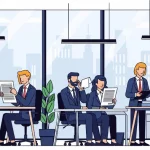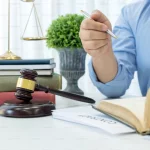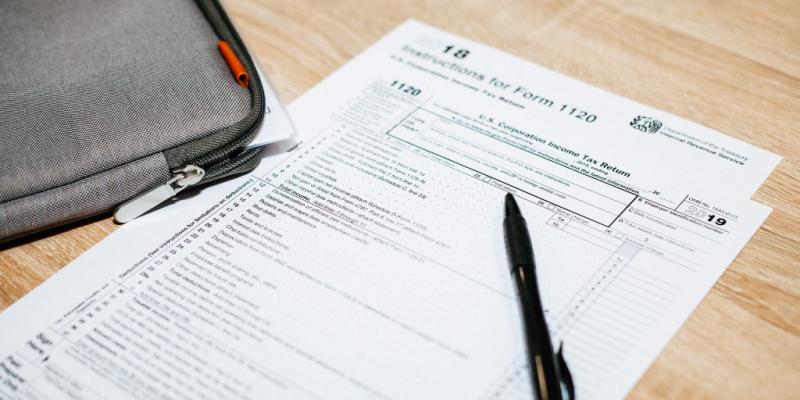How Personal Injury Lawyers Win Your Case Using Evidence
Personal injury lawyers win your case by gathering strong, clear evidence—medical records, accident reports, witness statements, photos, and expert testimony. They use this to prove fault, document injuries, and show the full impact on your life. With strategic presentation and legal expertise, they build a compelling case that insurance companies can’t ignore, increasing your chances of fair compensation through settlement or, if needed, a successful trial outcome.
The process of filing a personal injury claim is not always easy. Gaining insight into how legal professionals construct a solid case by utilizing evidence gives a better understanding of this complex process. Equipped with a wealth of knowledge and experience, a Charlottesville personal injury lawyer for your case uses different forms of evidence to get positive results for clients.
An Overview of Evidence
Every personal injury case flows through the evidence. Allegations can collapse without proof, leaving the victims without a defence against tangible compensation. Attorneys work to collect abundant evidence to prove fault and quantify the injuries suffered. This helps support many cases and ensures justice gets served to those hurt.
The Classifications of Evidence Used
Different kinds of evidence apply in personal injury cases. Damaged property or medical reports showing the extent of wounds are often physical proof. Witness statements give you the background on what happened, and expert opinions tell you about the technical issues long before eyewitness testimony relied on our memories, photographs, and video shot in high-definition to represent — sometimes graphic — what transpired.
Gathering Medical Records
These records are necessary medical records that can show how the accident affected you health-wise. They use records acquired from doctors and hospitals to prove the relationship between the incident and the injuries. These documents outline the time list of the medical treatments performed that require a recompense to address the expense involved.
Witnesses: A Key Component
Witness statements provide an account of the events without bias that can assist in reconstructing the chronology of actions leading to an injury. Often, legal experts inquire of individuals who witnessed the incident, getting their accounts of what occurred during the encounter. These testimonies can help support other types of evidence, making the case even stronger.
Using Expert Opinions to Add Credibility
Personal injury claims which involve experts from different fields come with an air of credibility. Experts such as medical professionals, accident reconstruction specialists, and engineers may be called in to give their opinions on the case. They provide a sense of clarity on otherwise complicated matters — the way an accident happened or how injuries can affect an individual for years to come.
Photo and Video Evidence
The visual component carries a great deal of weight in bodily injury claims. Images and videos recorded on the spot portray some conditions that facilitated an event. Not only does this type of evidence support witness statements, but it is also a powerful tool in the courtroom to help judges and juries visualize the scene of an accident.
Using Technology to Gather Evidence
With more personal injury cases needing it than ever, technology is significantly impacting cases. Having digital tools helps gather and analyze data much faster. For example, real-time documentation of incidents can be captured through dashcams and surveillance footage. The software can also help organize and present evidence, making it available when it needs to be used during negotiations and trials.
Proving Your Case is Useful When Negotiating Settlements
Lawyers use this complete evidence base to negotiate with insurance firms or other parties. When you offer a case that is well-supported, people get the compensation they deserve for their injuries. Negotiations supported by evidence are typically speedy and efficient and help reduce the stress of lengthy litigation.
Evidence You Must Present
If settlement negotiations do not result in a settlement, then the case may go to trial. This is where the evidential strength becomes crucial. Legal teams meticulously prepare, anticipating every argument and ensuring every shred of evidence is obnoxiously compelling. In turn, this means that they seek to make judges and juries believe that the claim is legitimate and thus secure justice for those who it affects.
Conclusion
In personal injury law, when claims and justice must go hand in hand (but cannot), evidence is the glue that holds them together. By collecting and providing evidence carefully, lawyers develop cases that are able to withstand challenges. Such caution not only helps one obtain the damages to which they are entitled but also brings a certain sense of justice to people whose lives have been touched by tragic events. This knowledge not only provides clarity but also empowers individuals to assert their rights, ensuring they are prepared when encountering the legal system.
More to Read:
Previous Posts:







